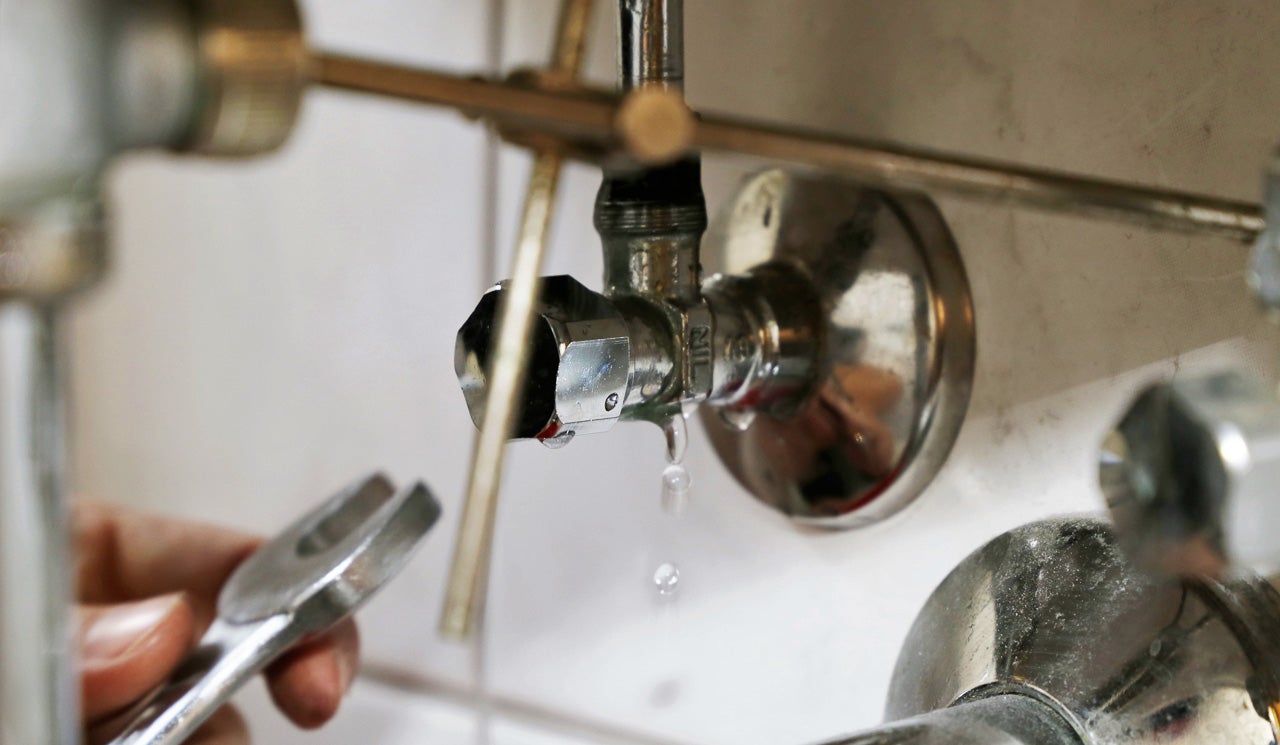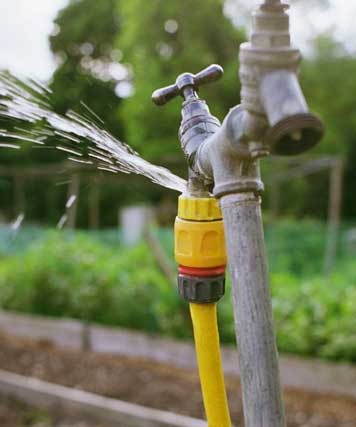6 Ways to Discover Concealed Water Leakages in Your House
6 Ways to Discover Concealed Water Leakages in Your House
Blog Article
How do you feel when it comes to Leaking water lines?

Early discovery of dripping water lines can alleviate a potential calamity. Some small water leakages may not be visible.
1. Analyze the Water Meter
Every residence has a water meter. Inspecting it is a proven way that helps you discover leakages. For beginners, turn off all the water resources. Ensure nobody will purge, use the faucet, shower, run the washing maker or dishwashing machine. From there, go to the meter and watch if it will certainly alter. Given that nobody is using it, there should be no movements. That indicates a fast-moving leak if it relocates. Likewise, if you identify no changes, wait a hr or 2 and also inspect back again. This means you may have a slow-moving leak that can even be below ground.
2. Inspect Water Intake
Analyze your water bills and track your water intake. As the one paying it, you ought to observe if there are any kind of discrepancies. If you identify sudden changes, in spite of your usage coinciding, it means that you have leakages in your plumbing system. Keep in mind, your water costs must drop under the same range every month. An abrupt spike in your bill shows a fast-moving leak.
A stable rise every month, also with the same behaviors, reveals you have a slow leak that's also gradually escalating. Call a plumber to completely check your residential property, especially if you really feel a cozy area on your floor with piping beneath.
3. Do a Food Coloring Examination
When it comes to water intake, 30% comes from bathrooms. If the color in some way infiltrates your dish during that time without flushing, there's a leak in between the container as well as dish.
4. Asses Outside Lines
Don't fail to remember to inspect your outside water lines too. Ought to water permeate out of the connection, you have a loose rubber gasket. One tiny leak can throw away tons of water and increase your water costs.
5. Examine and also Evaluate the Circumstance
Home owners must make it a habit to check under the sink counters and also inside cabinets for any type of bad odor or mold growth. These 2 warnings show a leak so prompt interest is called for. Doing routine evaluations, even bi-annually, can save you from a major issue.
If you recognize your home is currently old, maintain a careful eye on your heating units, tubes, pipelines etc. Look for discolorations as well as weakening as most pipes as well as devices have a life expectancy. They will certainly also normally weaken as a result of tear as well as use. If you suspect leaking water lines in your plumbing system, don't wait for it to escalate. Call a professional plumber as soon as possible so you do not end up with a dreadful mess in your house.
Early discovery of dripping water lines can alleviate a prospective catastrophe. Some tiny water leaks might not be visible. Examining it is a proven means that helps you discover leakages. One tiny leak can throw away loads of water and also spike your water bill.
If you presume leaking water lines in your plumbing system, don't wait for it to escalate.
How to Know If Your Home Has a Hidden Leak
Water Meter Reveals Inexplicable Water Usage
If you’d like to test whether or not there’s a leak somewhere in your home, you can do this using your water meter. Here is how to conduct the test:
Don’t use any water in your home for at least 30 minutes; this also means not turning on faucets or water-using appliances.
Go outside, and check your water meter for activity.
If your water meter shows that there was activity, even though no one was using any water, this proves that there is a leak in your home.Visible Mold or Mildew Growth
Leaks behind walls create moist, dark environments that allow mold and mildew to grow and thrive. Eventually, you might see mold growth forming on the wall closest to a hidden leak.
If mold is growing in an area that receives a high amount of moisture, such as a bathroom, it may simply be an indication that better ventilation is needed. However, if you see mold growth on a wall or the ceiling in an area where you would not expect, you probably have a hidden leak.
Musty, Mildew Odor
Sometimes you might not be able to see the mold or mildew that is growing as a result of a leak. However, the smell can give the problem away just as easily. If you catch a whiff of something musty, there’s a good chance that old water is collecting somewhere in your home that you can’t see.
Stained/Warped Walls, Ceilings, or Floors
When your home soaks up water, a variety of red flags can become visible, including ceiling stains, bubbling drywall, warped walls, and sagging floors. While these issues can be caused by excess humidity, they can also be signs that a pipe or plumbing connection has started leaking behind your walls.
Inexplicably High Water Bill
After a while, you get a general sense for what your water bill should be. If you own a pool or sprinkler system, your bill will tend to be higher during summer. However, if you receive a water bill that seems especially high, and you can’t figure out what caused it, then you may have a hidden leak somewhere that’s increasing your bill.
https://www.plumbingjoint.com/blog/2019/july/how-to-know-if-your-home-has-a-hidden-leak/

As a serious reader about Top leak detection hacks, I thought sharing that short article was smart. Do you know someone else who is interested in the niche? Please feel free to share it. I am grateful for your time. Please visit our blog back soon.
Report this page